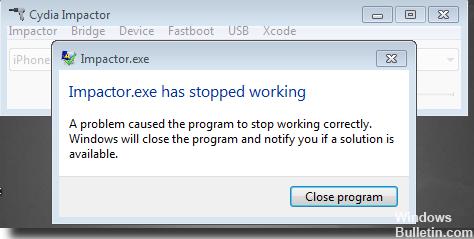A meme it is a piece of information, usually graphic, with an appropriate title and image. Memes are characterized by their viral distribution on social media channels and are made public in many different ways.
Items
A meme is usually an image, but it can also take other forms, such as:
- Videos
- Hashtags
- Texts
- Dances or Movements
- Gestures
Memes typically feature a photo with movie or television motifs, well-known personalities, or cartoon figures. They usually have a message, which is usually divided into two parts that are above and below the graphic.
Distribution
Memes are usually shared tens of hundreds of times. Despite everything, it is not always kept in its original format. Individuals frequently exchange part of the message on the graph and adapt the logic to their own message. In this way, there are many variations of memes. If the adapted message is perceived as funny or logical, it can continue to spread. Despite everything, many variants quickly disappear.
Example
A good example of memes are the so-called "Chuck Norris situations." These memes usually consist of a photographic or film scene with Chuck Norris combined with a typical caption with jokes about it. The public that recognizes or understands the joke usually gets on the bandwagon and shares the memes. If you don't know the logic behind the jokes, you probably don't understand them. A list of "The best Chuck Norris memes" shows the connections and logical structure of Memes very clearly.
Importance of Online Marketing
Memes attract a lot of attention and are thus interesting to online marketers. If a meme is used for commercial promotion, it is called memejacking. Usually the branching of the meme is left to chance, if it turns out to be a successful meme. The following principles will help increase the chances of memejacking success:
- The meme must be adapted to the target group.
- It cannot be too general and must have a personal touch. The use of humor should not be ignored.
- The meme should allude to an obstacle that the target audience knows about and provide a solution - not an easy task.
- The design of memes requires a lot of intuition. An overly blatant approach can lead to negative reception or even rejection.
- Time is an important consideration in getting the best reaction. If you post your own meme too early or too late, there is a risk that it will disappear into oblivion.
- The marketer must be familiar with the graphic or video they are adapting, as well as the background, to understand the underlying logic of the meme and to implement it correctly.
- Memes are generally only available in English. A translation is seldom meaningful, as it may lose its original meaning.
Web Links






